Amazing finds new exoplanet hunter NASA: telescope TESS
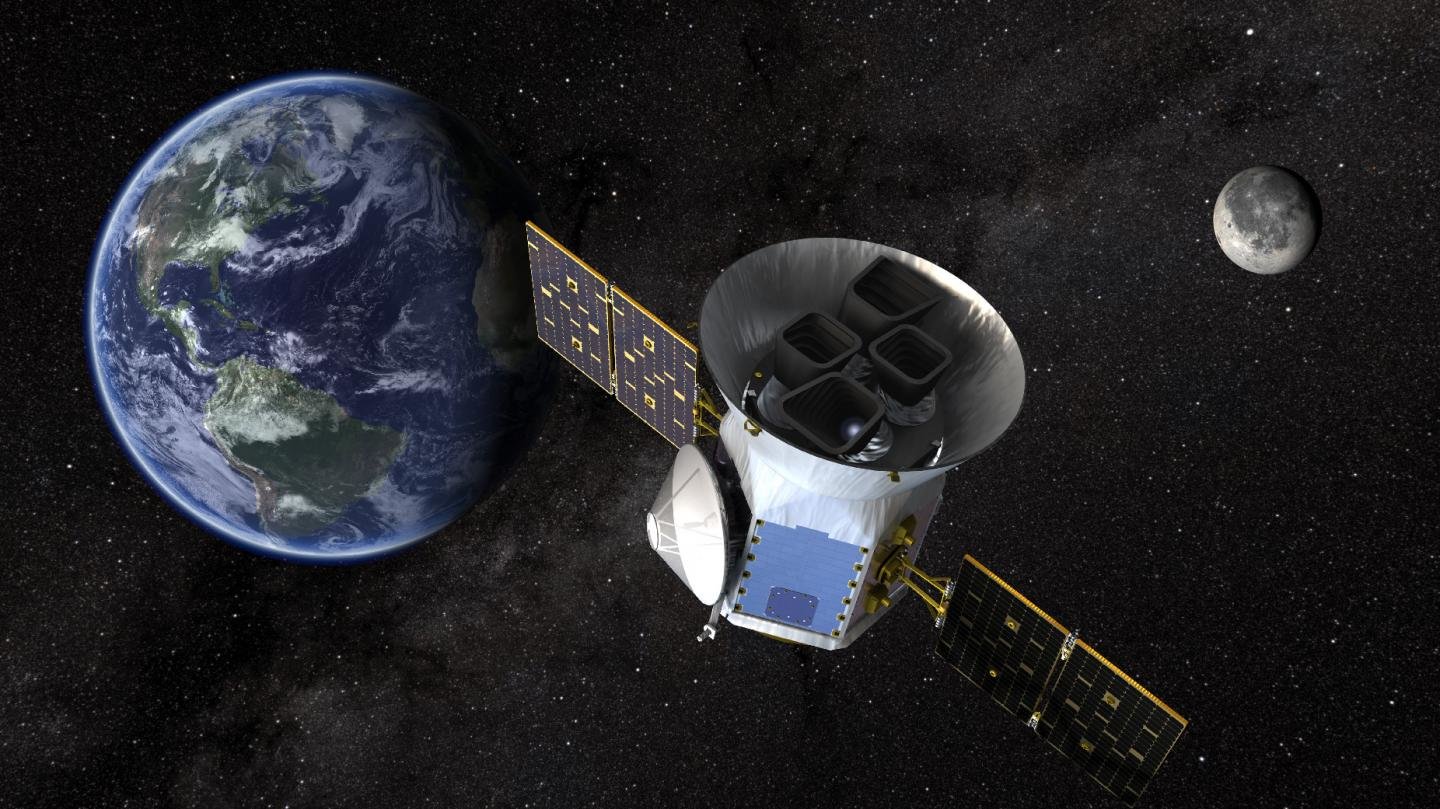 Source:
Source:
It has been almost ten years since the launch of the mission of NASA "Kepler". Since 2009, this spacecraft observed the hundreds of thousands of stars in our own galaxy, measuring the total amount of luminous flux for each of them and watching for any changes. By the end of the mission, "Kepler" and its additional K2 Missy discovered thousands of new planets near stars outside of our system, including many potentially habitable worlds the size of Earth.
If "Kepler" has shown us that our galaxy is full of planets, it is the successor mission called TESS — Transiting Survey Satellite — will show transit worlds near the closest to us stars. If there is any Earth-like the world passing in front of its home star in the line of our vision, TESS will show this. The first time we can see the abundance of planets that are scattered literally under our noses.
theTelescope TESS began
The Search for "Kepler" was a wonderful adventure: he sought in the narrow field of view, covering a distance of 3000 light years. His main mission was to continuously view the same field of view for many years. Catching a total of more than 100,000 stars, Kepler was looking for systematic, periodic dips in the total amount of light coming from each star. If something was detected, this potentially indicated the presence of a planet with the size and period of failures corresponding to the radius and orbital distance to the planet.
But TESS is different. Instead of studying a narrow strip of the sky, TESS is studying the sky as a whole, sector by sector to find the planet around the nearest stars to us. If near any of the stars within about 200 light-years from us will be properly aligned relative to us, the planet, TESS sees it, identifying the radius and the distance to orbit. Moreover, each opening of TESS, which gives us the planet also gives us the system of candidates, looking at that future of the Observatory — a space telescope like the James Webb will be able to try to find signs of life.
TESS launched in April 2018 by searching new worlds. His first collection of scientific data began in July, almost six months later it released its first dataset. It is expected that in the course of his life, TESS will find thousands of new planets near thousand stars, gas giants the size of Jupiter to small solid worlds of the size of the Earth.
When considering the first six segments, TESS found here:
the-
the
- more than 300 planets candidates; the
- 8 confirmed planets; the
- including several giant planets; the
- and some of them a little more Land.
But the numbers don't make the opening something out of the ordinary. Just looking at them in detail, we can appreciate the phenomenal science that supplies us with TESS.
thePi Mensae c
the First confirmed planet was Pi Mensae c, which revolves around a star very similar to ours. Pi Mensae by weight only 10% more than our Sun and is 20% larger. It is very similar to our star, but her system is very different. Blocking a small part of its light, Pi Mensae c is extremely close to its star, turning around with a period of only 6.3 days. This is about twice the radius of the Earth and almost five times more massive, which implies a fairly typical situation for hot worlds size somewhere between Earth and Neptune.
But this is not typical; it is significant. Back in 2001, was discovered a large planet that violate the orbit of Pi Mensae: Pi Mensae b. It was one of the most massive planets ever discovered: in 10 times Jupiter's mass. Its orbit is very eccentric, she takes her farther than Jupiter from the Sun (of 5.54.e.) the but it is closer than to the Sun (of 1.21.e.) in periastron.
Now, when Pi Mensae c found TESS, we met both distant and close to the planet in the system with such different properties and orbits. The leading theory is that the planet formed close in nearly perfect circular orbits, but to create a bizarre planet with the mass of Jupiter (or larger), something had to interfere in this process.
The Pi Mensae System is currently the most extreme of the known in this respect, and the mystery of how such systems come to such a configuration, will certainly become the subject of numerous studies and discussions in the future.
theLHS 3884b
planet the Most extreme of found — LHS 3884b, which is only slightly bigger than Earth with a radius of 1.3 of the earth. She is so close to the parent star that rotates every 11 hours. Located at a distance of 49 light years from us, this world is so hot that it turned to the star side can be filled with pools of molten lava in the hottest places. This world is so hot that at least in theory, its very species is in a liquid state.
Although it is unlikely that a planet with properties of mass and temperature has the atmosphere, it can present in fine form on a regular basis, depending on the chemical composition of the surface. The characteristics of this system make it an ideal candidate for measuring the spectrum absorption of the atmosphere. If the atmosphere is, we can learn what it is before it will be reversed telescopes.
theHD 21749 entries
What is most impressive TESS gave us the next star that need be watched: HD 21749 entries. Located some 53 light years, this star is smaller and less massive than the Sun: about 70% less.A star of class K, it should not bombard the planet at hand catastrophic outbreaks or tidal block them; if at the right distance from this star was a world the size of Earth, it would be a great chance for the origin of life.
New Year's eve academic team TESS released work, marking the discovery of the planet orbiting this star: HD 21749 entriesb, with a 36-day orbit and 2.84 radius of the Earth. This world, a little less of Neptune, was confirmed by subsequent observations, which have determined that its mass is at 23.2 times the mass of Earth, making it smaller, but more massive and denser than Uranus or Neptune.
This is interesting for a number of reasons. First, at these distances the temperature should be warm, but not hot, about 150 degrees Celsius. Second, this is dlinnoplodny of all known planet within 100 light-years from Earth. And, perhaps, the most interesting thing is that there is a hint of a signal and possible planet candidate in the system HD 21749 entries. Additional candidate, if confirmed, will have a period of 8 days and a radius approximately equal to the earth.
If this planet exists, it will be the first world of earth's size, discovered TESS: the smallest of those that found this telescope.
The Ultimate goal of TESS is to find Earth-like worlds and star systems, which can be a solid, potentially habitable worlds. As TESS optimized for the search closest to us stars, his greatest discoveries will be among the first goals for the future, the most powerful observatories that will be able not only to find these worlds, but also to measure their atmospheric content. If we're lucky, some of these worlds will contain water, methane, carbon dioxide or even oxygen in atmospheres.
No One is saying that these worlds are bound to be inhabited, but TESS will take us a step closer to finding the next worlds, which may be the greatest hope of mankind for detection of life outside our Solar system. Those worlds we've found so far, absolutely adorable. TESS is already starting to justify the highest expectations, even after a few months after launch.
Just imagine if we can find a second Earth within some 200 light years from us. We will plan the mission? Tell us in our
Recommended
The Americans on the moon: what everyone should know?
the Upcoming cosmonautics day is my favorite holiday. It marks the triumph of the human mind: in just four thousand years Homo Sapiens went from hunter-gatherers to space explorers. 12 April 1961 Soviet cosmonaut Yuri Gagarin became the first man in ...
Why are some galaxies spiral shaped?
you Know what surprised me the most? The fact that we perceive the surrounding world as it is. Animals, plants, the laws of physics and the cosmos are perceived by many people as something so mundane and boring that they invent fairies, ghosts, monst...
Astronomers were able to see the death of another star system
In the cosmic ocean drifts a lot of mysteries about the existence of which we are unaware. One of these was uncovered five years ago, when astronomers have discovered a lonely star at a distance of 570 light years from Earth, the brightness of which ...
Related News
Private aerospace company Stratolaunch Systems abandoned most of their projects
a few months Later since the death of its founder Paul Allen (cofounder of Microsoft) company Stratolaunch Systems has decided to close several projects focused on developing launch systems of spacecraft. It is reported portal Gee...
Russia will create a space ship Soyuz for missions to the moon
Russia will create a modified version of the spacecraft "Soyuz-MS", which will be used for missions to the moon. The head of the Roscosmos, Dmitry Rogozin, in early January said that American colleagues at NASA have asked the Russ...
How long is a day on Saturn? Now we know for sure
Scientists already know how much time last night on the planets of the Solar system. Unfortunately, the exact duration of a day on Saturn is still remained unknown, as the studies give different figures. In the twentieth century t...
A scientist from NASA clearly showed how slow can be the speed of light
is the limit that can move a material object in space, unless, of course, does not take into account the hypothetical wormholes, through which objects can move in space faster. In a perfect vacuum, a particle of light, a photon, ...
Rocket "Angara" at risk of collapse due to the vibration of the engine
In the fourth quarter of 2019 to be held the second test launch of the carrier rocket "Angara-A5". It was created for the launch from the Plesetsk and Vostochny, as the launch of "Proton" is possible only from Baikonur, located in...
Scientists: dinosaurs caught the formation of Saturn's rings
According to scientists, the age of Saturn is about 4.5 billion years. It was believed that his ring is also formed long ago, but new research astronomers say that they appeared from 10 to 100 million years ago, in the era of the ...
Transportation of Crew Dragon capsule, is removed from the water, caught on video
If you return from space at high speed, for a number of reasons usually safer to go down over the water than over the land. And production Space capsule SpaceX is no exception. Here's how it will look, returning to land on the sea...
What will happen to NASA in 20 years? Solve all the private companies and China
20 years ago, in 1998, NASA launched the Lunar Prospector mission that found water on the moon. In the same year, 15 countries have come together to agree on a framework for the construction of the International space station and ...
On Titan, the largest moon of Saturn, is the changing of the seasons. When in 2004 it flew the spacecraft "Cassini", on its surface it was summer — this was evidenced by clouds and precipitation in the southern hemisphere. Accordi...
NASA repaired the space telescope "Hubble"
the American space Agency , it seems, could find the source of the problem, which on 8 January led to the failure of the space telescope "Hubble". In Agency hope that the telescope will be able to resume full academic activities b...
In the future, the starry sky will be blocked by is
Advertising pursues us everywhere: in Newspapers, on the streets, in TV, the Internet and even inside . It seems that very soon we will see ads even in the night sky — it is this technology intends to launch a Russian company Star...
China has announced plans to build lunar base
the wave successfully complete the current mission of the spacecraft "Chang'e-4" on the reverse side of the moon China national space administration announced further plans for the exploration and development of the natural satell...
Satellites with oceans of aliens can not look
For more than two decades, scientists have wondered whether extraterrestrial life can flourish deep beneath the ice crusts that can boast of moons in our outer Solar system. Space missions like Galileo to Jupiter and to Saturn has...
Discovered a new kind of black hole, able to Wake up and go to sleep
Astronomers from all over the world are constantly finding black holes in different galaxies, and often such an object may be a supermassive — millions of times heavier than the Sun. Black holes behave differently: they can ...
Harvard astronomer: "First contact with aliens will be a real shock"
the Dean of the faculty of astronomy at Harvard University AVI Loeb for a long time concerned about the question of are we alone in the Universe. In his earlier statements, the scientist carried the assumption that fast radio burs...
Discovered the brightest quasar in the Universe. It 600 trillion times brighter than our Sun
From the Earth we, of course, it seems that the brightest spot in the sky – the Sun. However, this amazing in every way a star, like a 10 watt bulb compared to truly the brightest objects in the cosmos, for example, the same quasa...
Steampunk close: developed the concept of steam space probe
the Steam engine is in the top ten inventions that . Steam, as a power source, began to be used in 1700-ies, but since that time mankind has made many other discoveries, and today these engines are used in few places. Perhaps in t...
The only Russian space telescope has stopped communicating
Launched on 18 July 2011 the Russian telescope "Spektr-R" conducted astrophysical research in the framework of the space project "Radioastron" has stopped communicating. He still sends data to Earth, but it will not accept command...
#video of the day: Landing of the Chinese module on the back side of the moon
January 3 lunar Rover "WiTu-2" first appeared on the surface of the satellite of the Earth — in December last year , which is to hold the first mission on the dark side of the moon. Today, the Chinese national space administ...
The telescope "Hubble" has broken down again, and at the wrong time
space Agency NASA on Tuesday suspended the work of the space telescope "Hubble" after the space Observatory was discovered the next hardware failure, not allowing the telescope to properly perform their tasks. It should be noted t...



















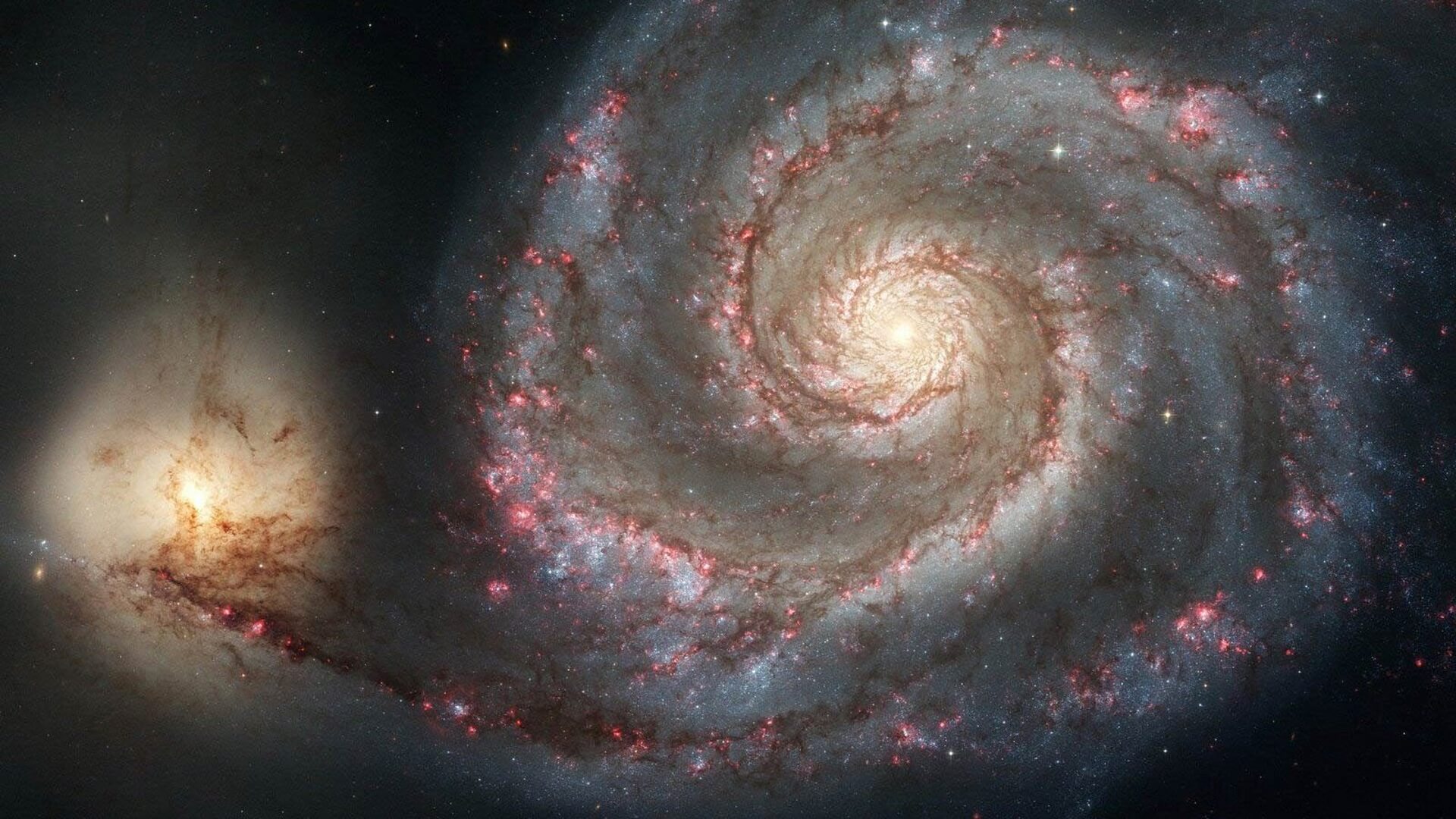
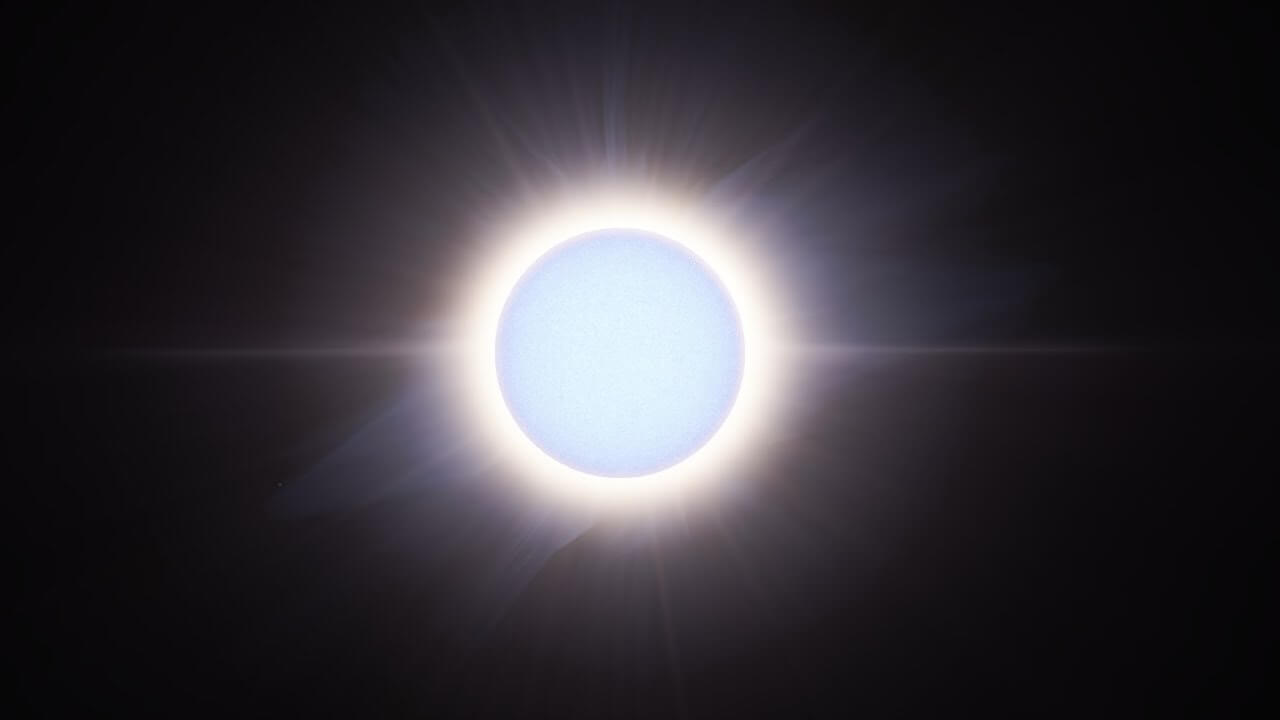
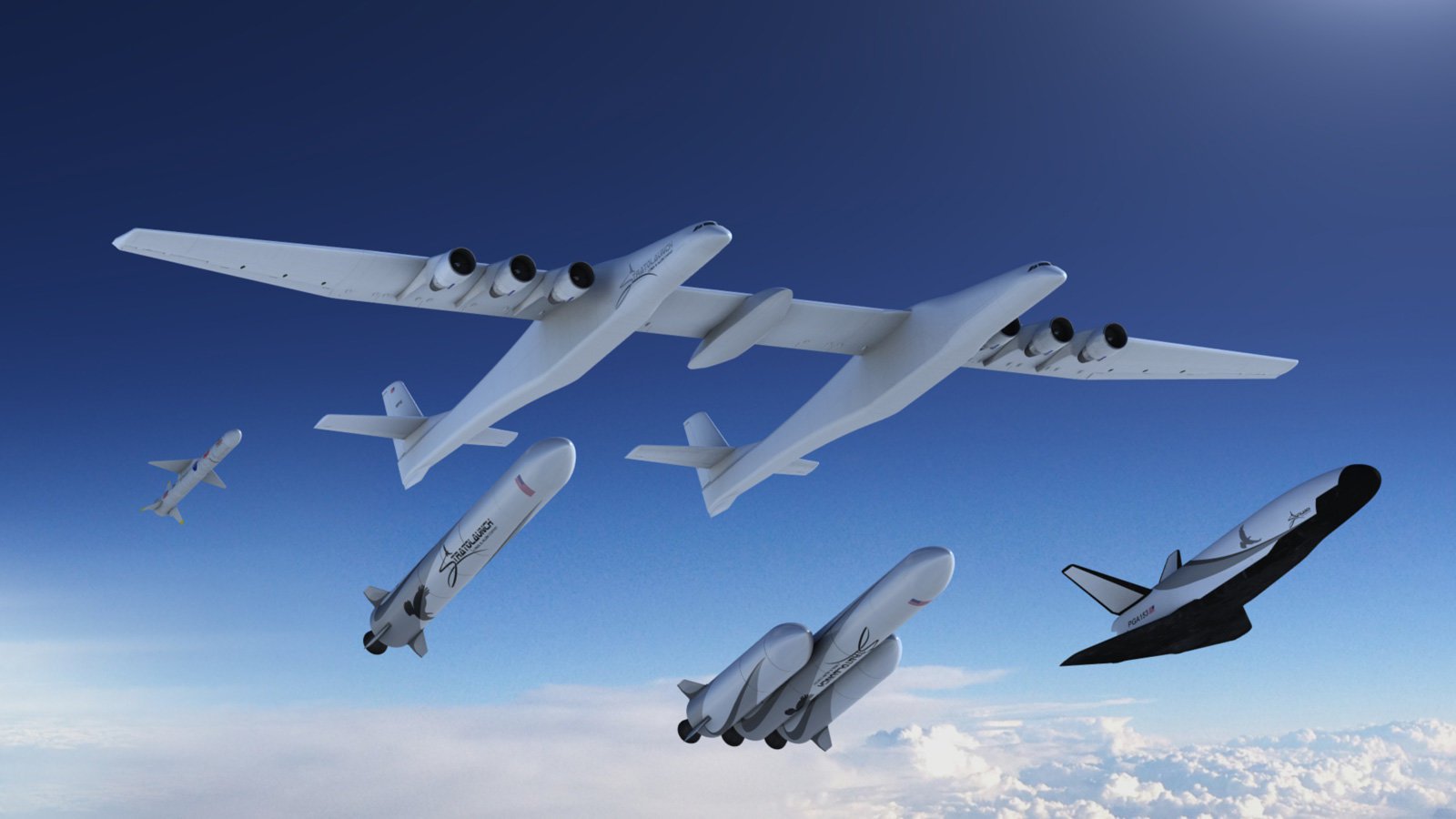
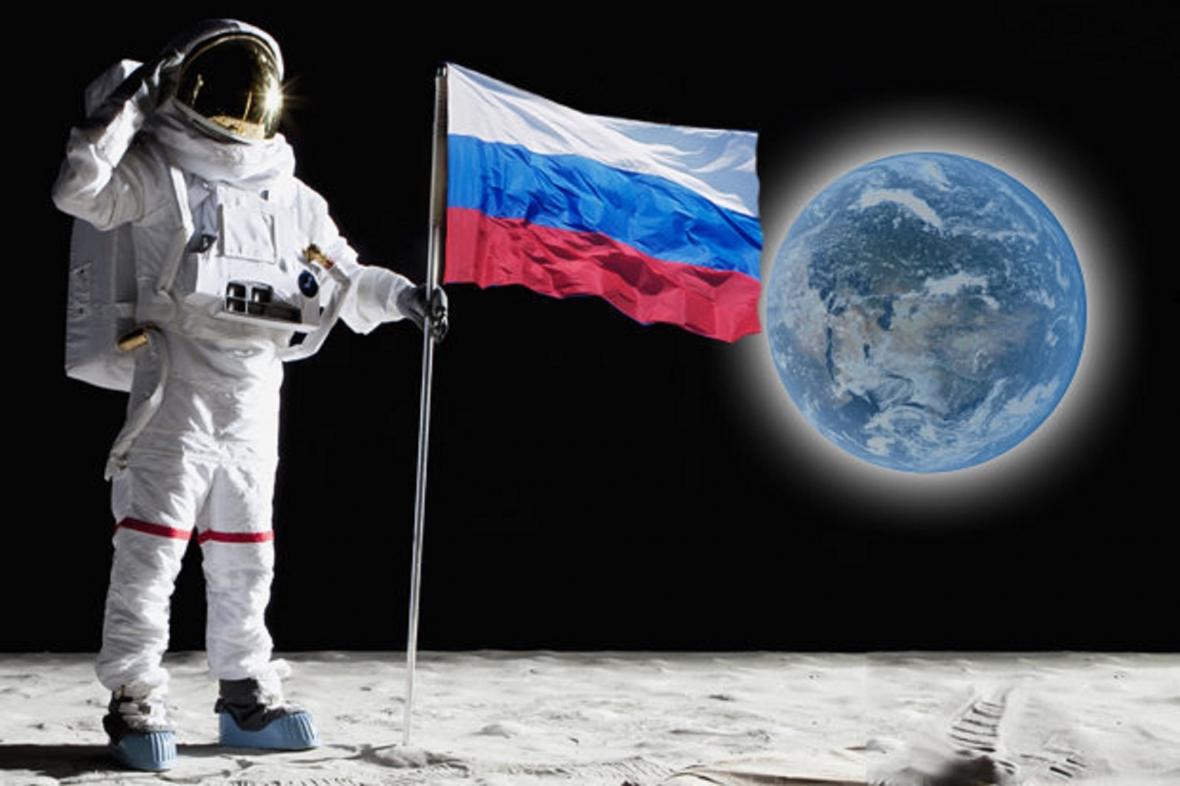
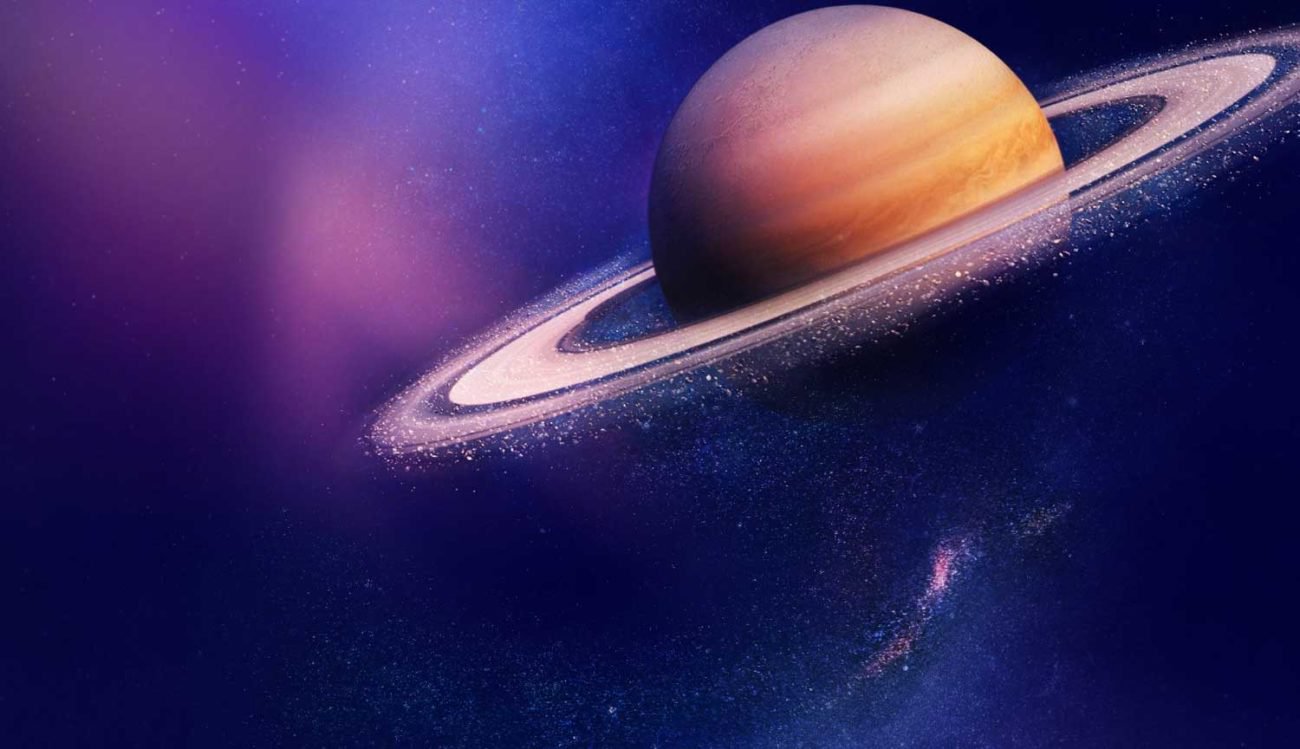
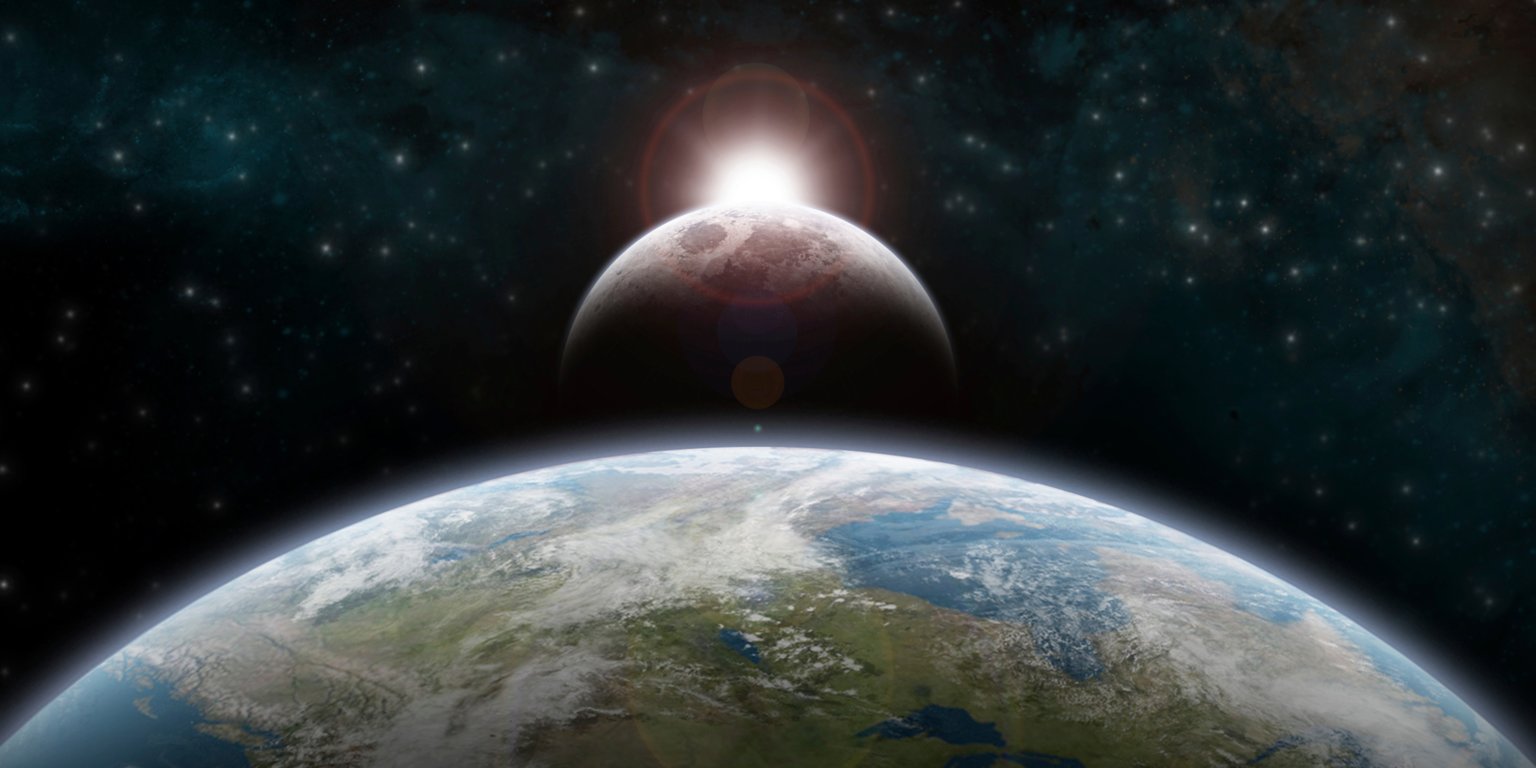

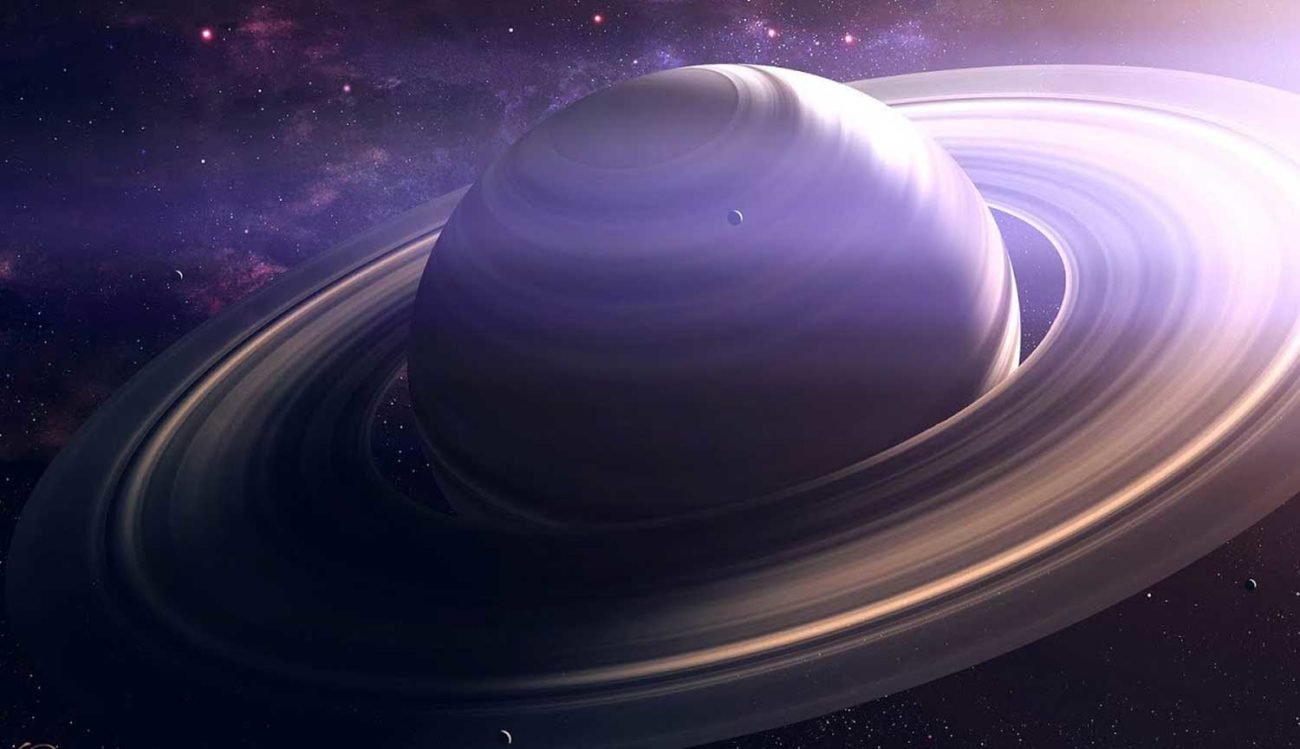

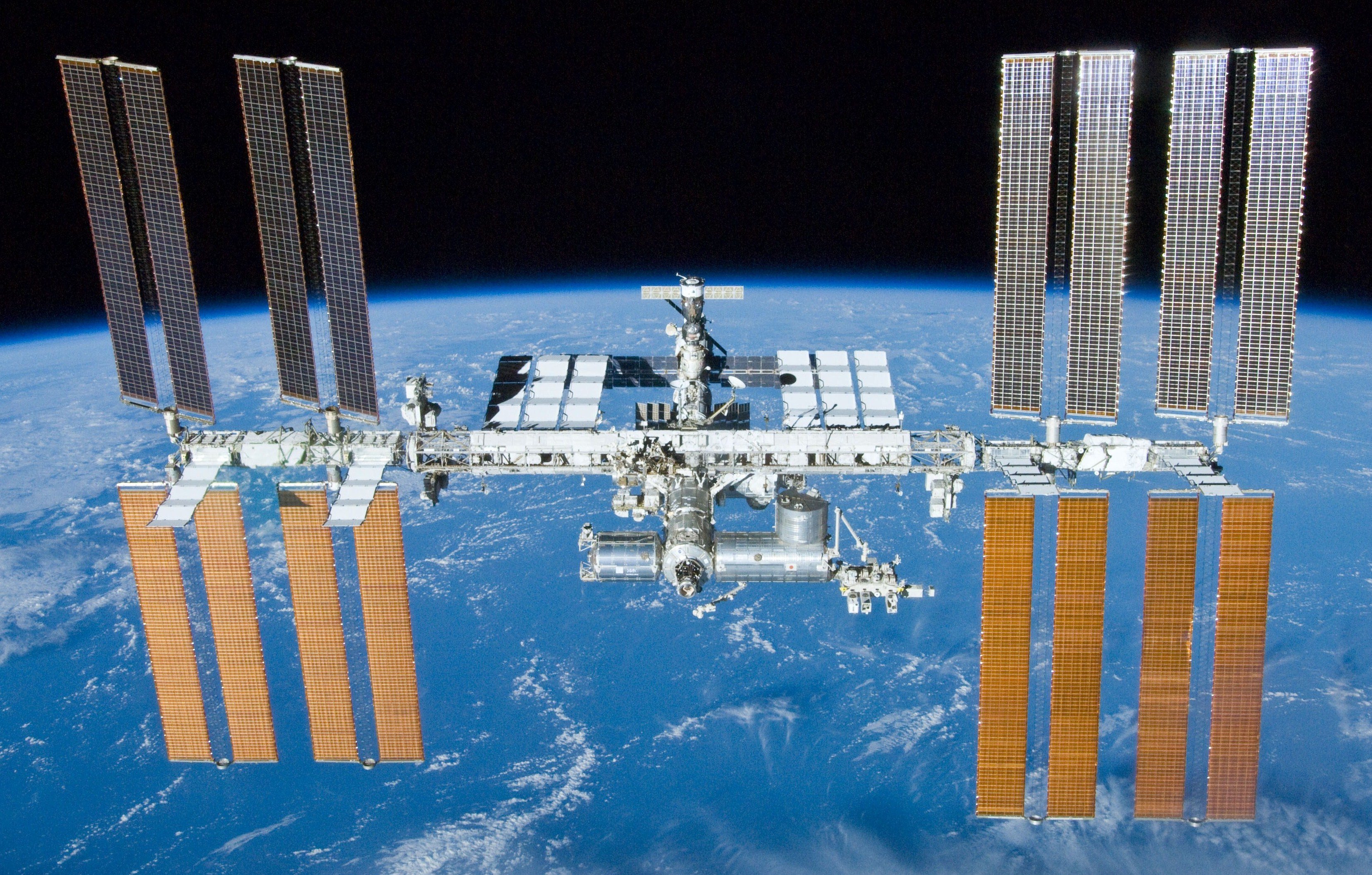
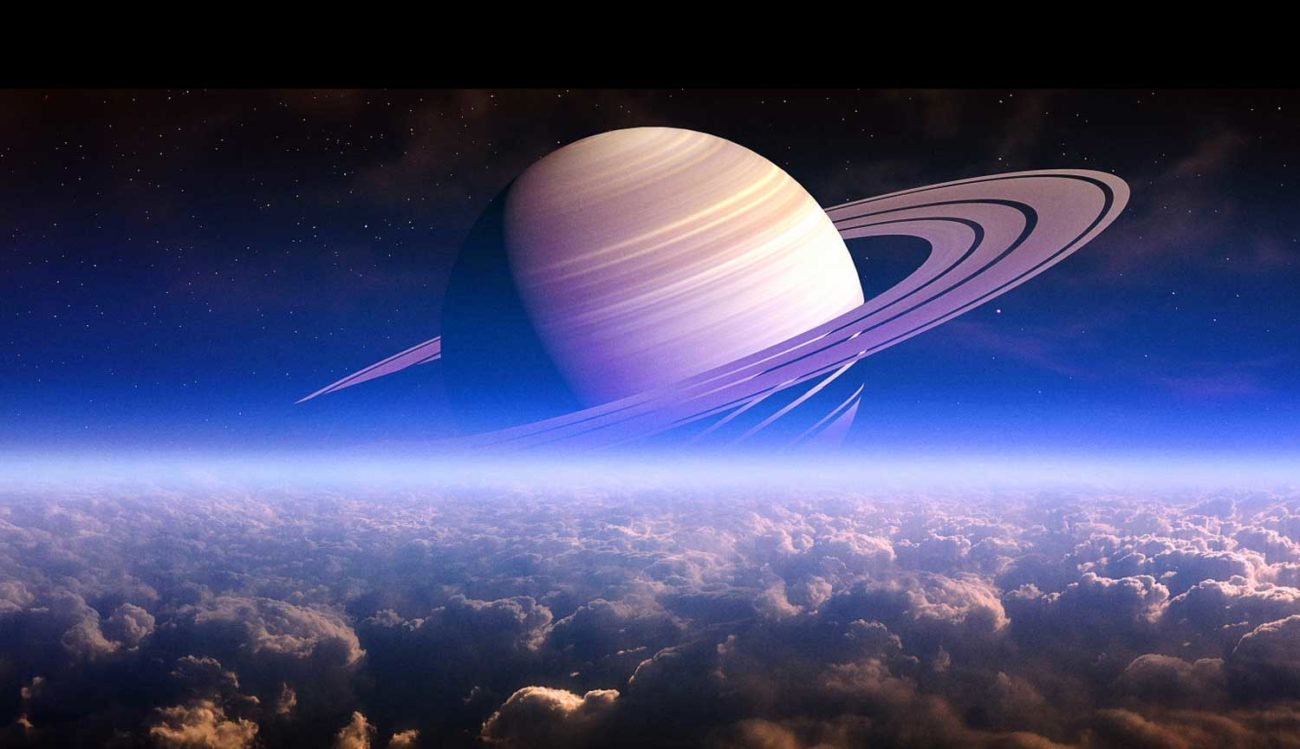


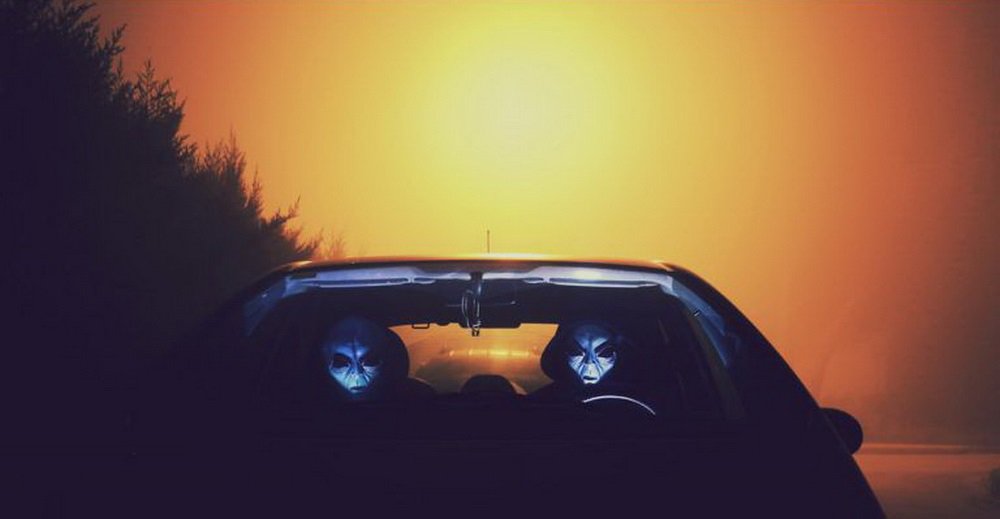
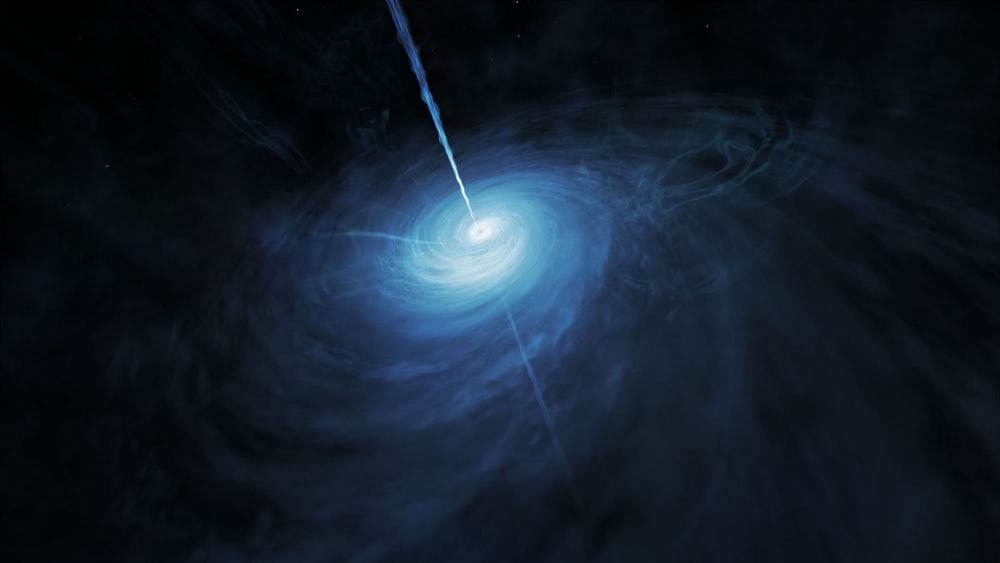
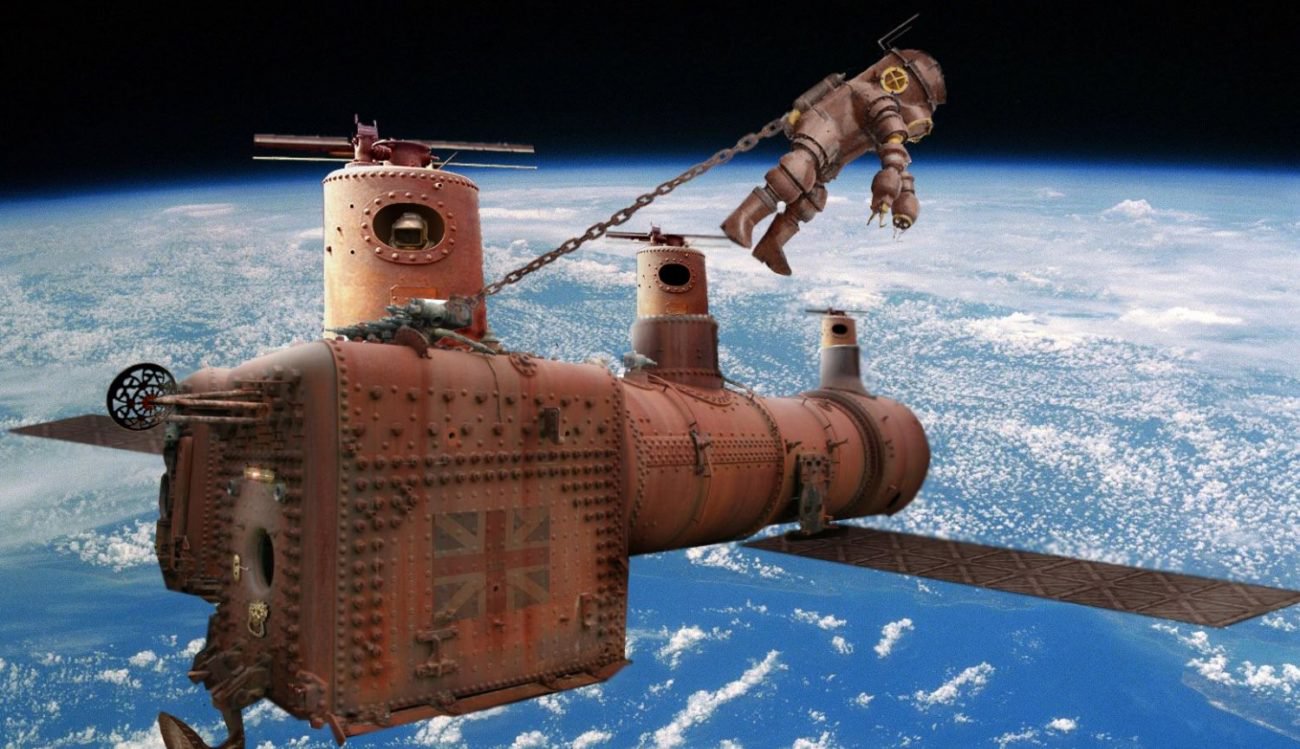
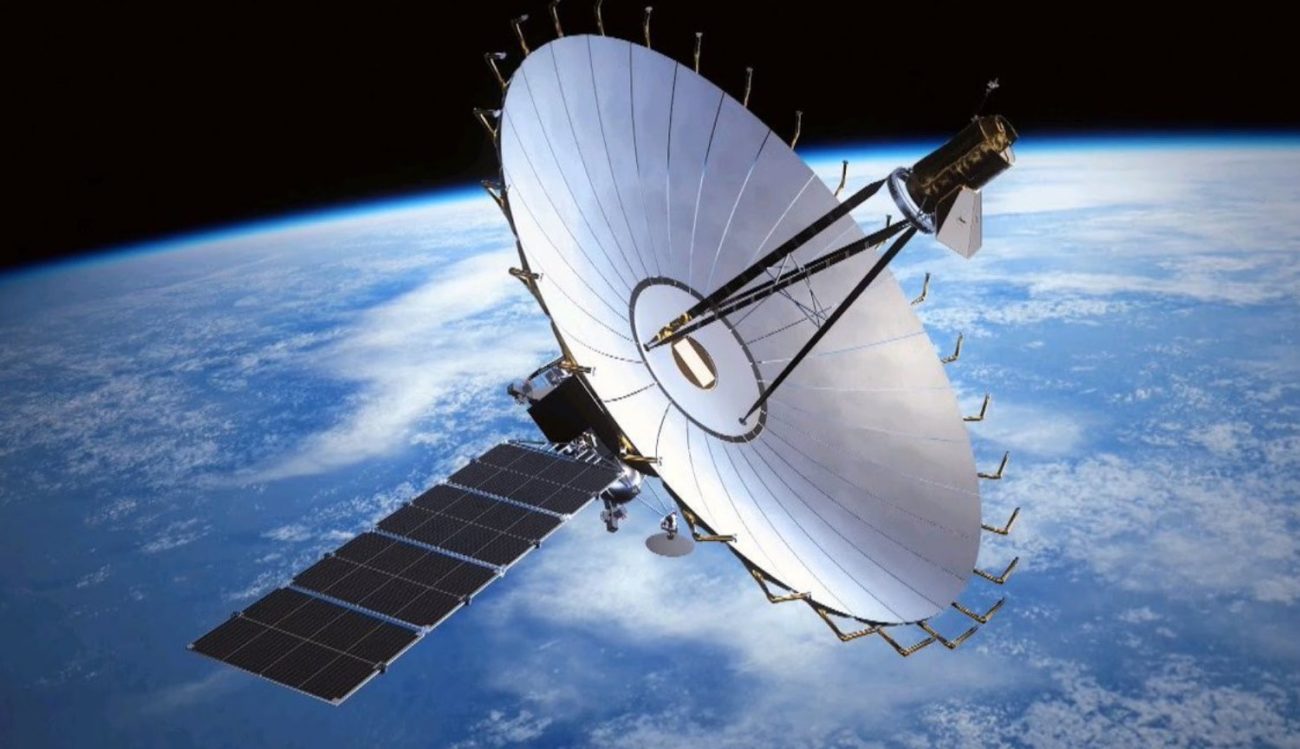
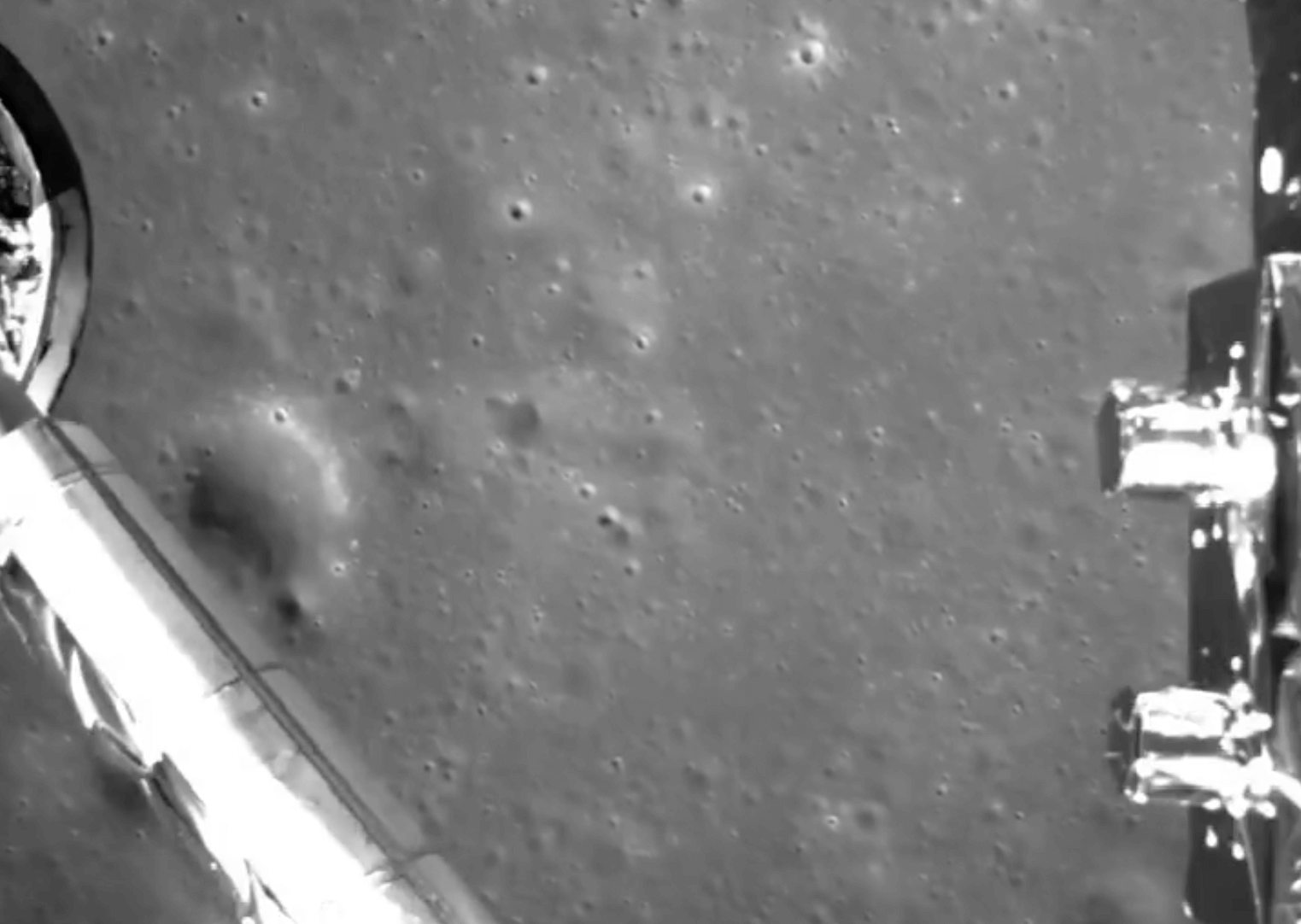
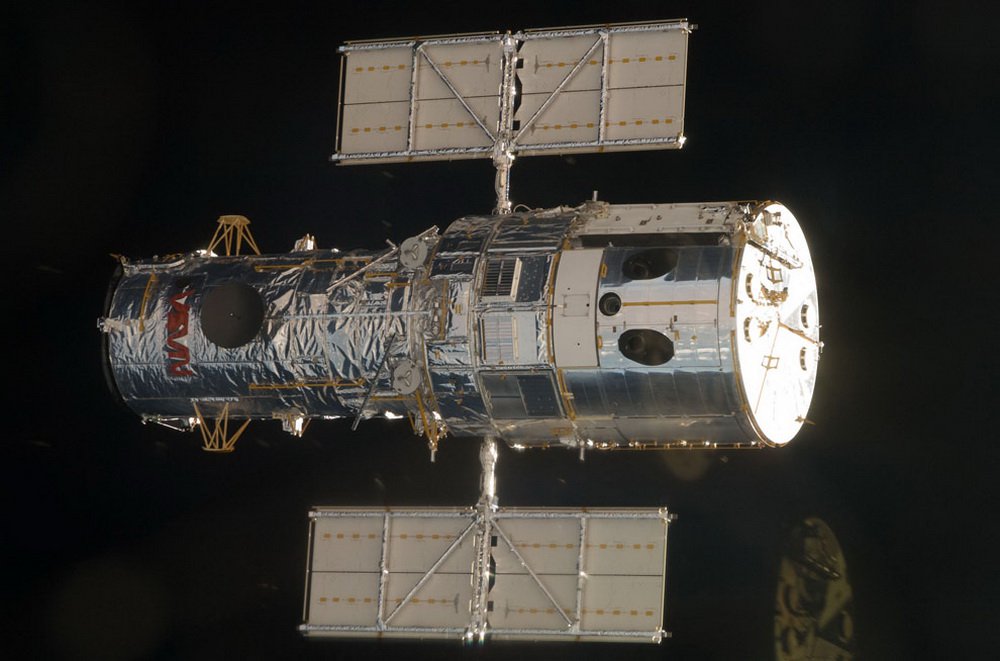
Comments (0)
This article has no comment, be the first!